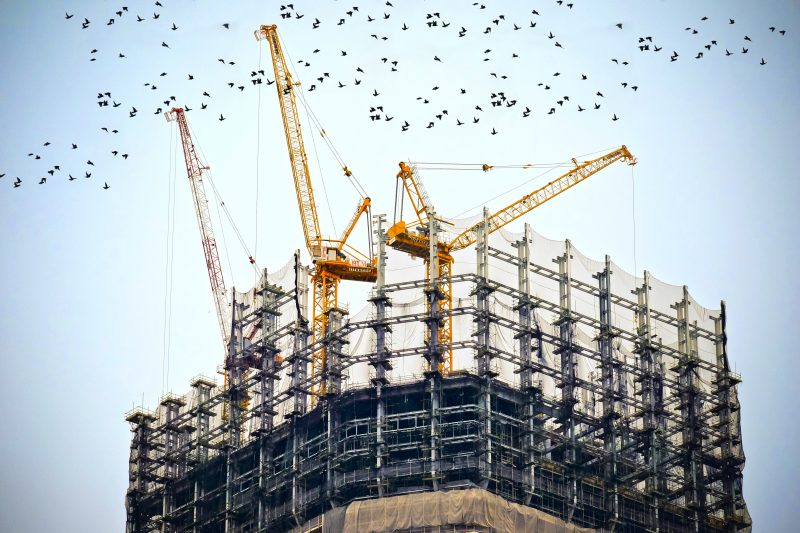One of the main benefits of BIM that is promoted is that it saves money on capital projects. But does it really save money? We look at where cost savings are made when BIM is used.
When it comes to capital projects, there are many issues that owners face throughout the lifecycle of a building. The following numbers illustrate three of the biggest areas where BIM has the potential to make savings:
- Over 60% of major capital programs fail to get cost and schedule targets
- 30% of construction cost is rework
- 55% of maintenance remains reactive
(http://damassets.autodesk.net/content/dam/autodesk/www/solutions/bim/BIM_for_Owners.pdf)
By minimizing the delays, rework and reactive maintenance, there is an opportunity to use BIM to be proactive and get better overall visibility on projects. It’s not just about saving costs during the build section of the project, but about reducing costs over the life of the structure.
The government has also put their faith in BIM with a targeted savings of 15-20% from the Construction Strategy by end of 2015 (https://www.thenbs.com/knowledge/the-cost-saving-benefits-of-bim). As budgets get tighter, and the cost of maintaining buildings grow, greater involvement in BIM on public sector projects will prevent costs from escalating in the long term.
The most benefit will be reaped when everyone that needs to be involved is on board with BIM from the start of the project, so methods of reducing or levelling out costs can be enacted from the start. As building maintenance is complex, BIM makes maintenance a more streamlined and data-driven process. It offers better forecasting than what facilities management can do on their own. Better forecasting means scheduling needed maintenance before it reaches a critical stage, saving time and money.
Another cost saving benefit of BIM, is it makes it easier for architects to design buildings to certain energy and performance specifications more easily. Through modelling, they can try different scenarios and work with clients in the pre-build stage to ensure that once the building it built, it will continue to meet expectations over the lifecycle of the building.
BIM helps to reduce conflicts before they even get to the build phase. Clients can see the what their project will look like, which means clearer expectations of the project and less scope change. BIM also assists in better documentation of the project. By having accurate data about all aspects of the project pre-build, such as materials, means less time fixing inaccuracies.
There are many areas in which BIM can help save costs through the entire process, in design, build and maintenance. It is important to remember that while BIM isn’t in and of itself a cost saving exercise but cost saving is the result of improved practices when everyone is involved. The more effectively BIM is used, the greater the benefit in cost savings.


